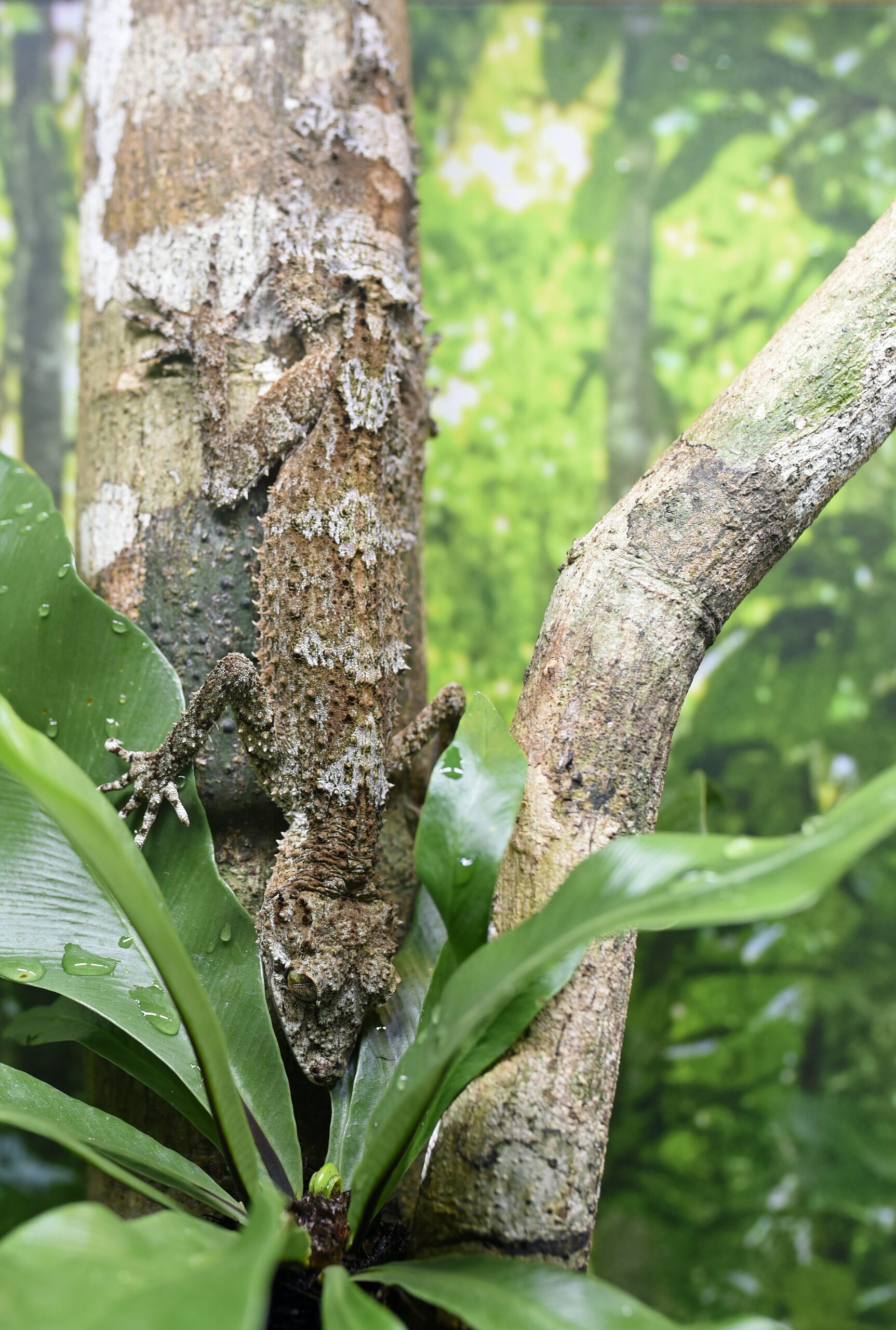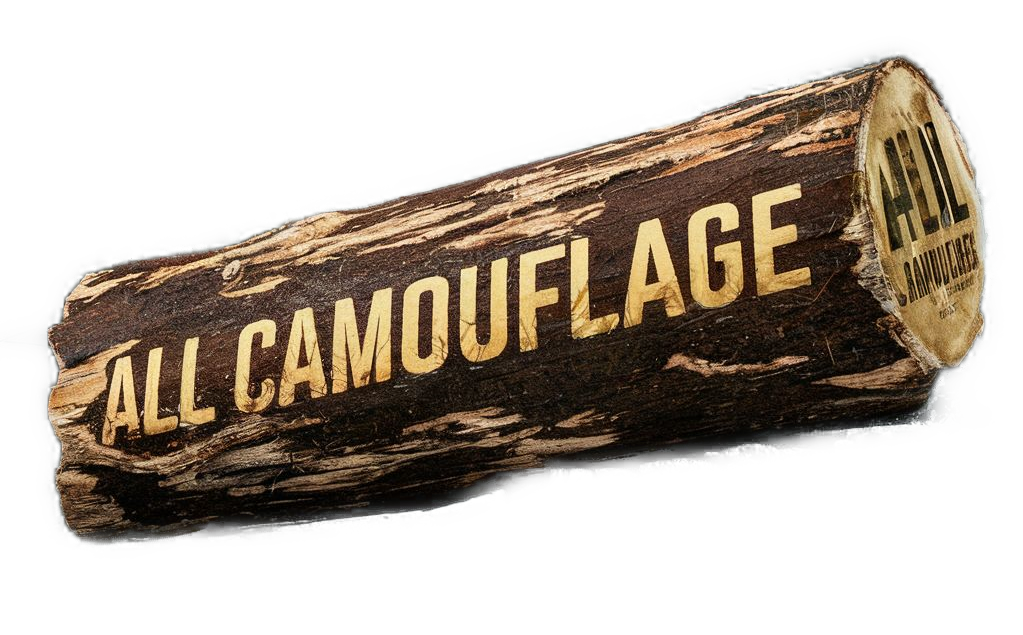When it comes to taking care of your camouflage outdoor gear, you want to make sure you’re doing it right. After all, you rely on these essential pieces of equipment to keep you hidden and protected during your outdoor adventures. But are there any specific care instructions you need to follow? From cleaning tips to storage advice, this article will guide you through the do’s and don’ts of maintaining your camouflage gear, so you can enjoy its longevity and performance for years to come.

Understanding The Materials Used in Camouflage Outdoor Gear
What is camouflage outdoor gear?
Camouflage outdoor gear refers to clothing, equipment, and accessories designed with camouflage patterns to help individuals blend in with their natural surroundings while participating in outdoor activities such as hunting, fishing, or wildlife photography. This type of gear is specifically designed to provide optimal concealment and increase the chances of success in these activities.
Different types of materials used
Camouflage outdoor gear is made from a variety of materials, each with its own unique properties and benefits. The most common materials used in the production of camouflage gear include nylon, polyester, Gore-Tex, and cotton. These materials are chosen for their durability, breathability, water-resistance, and ability to effectively hold and maintain the camouflage pattern.
Nylon is a popular choice due to its strength and resistance to tears and abrasions. Polyester offers excellent moisture-wicking properties and is quick-drying, making it ideal for activities that involve intense physical exertion. Gore-Tex, a waterproof and breathable material, is often used in outerwear to provide protection against rain, snow, and wind. Cotton, although not as commonly used in outerwear, is sometimes incorporated in camouflage gear for its comfort and breathability.
Why understanding the materials is important for proper care
Understanding the materials used in camouflage outdoor gear is crucial for proper care and maintenance. Different materials require specific care techniques to ensure their longevity and performance. By knowing the materials in your gear, you can adopt the appropriate cleaning, drying, and storage methods. This will not only help retain the gear’s functionality but also prolong its lifespan, saving you money in the long run.
Proper Washing of Camouflage Outdoor Gear
Correct washing techniques
To properly wash your camouflage outdoor gear, it is essential to follow certain techniques. Firstly, check the care instructions provided by the manufacturer. They often include specific guidelines for washing and drying. If no instructions are given, it is generally safe to wash the gear in cold water with a gentle cycle. Avoid using bleach or harsh detergents, as they can damage the fabric and fade the camouflage pattern.
Before washing, remove any dirt or debris by brushing or rinsing the gear. This will prevent particles from becoming embedded in the fabric during the wash cycle. It is also recommended to turn the gear inside out to preserve the pattern and protect any delicate features or embellishments.
Suggested detergents and soaps
When selecting a detergent or soap for washing camouflage gear, opt for mild, non-abrasive options. Look for detergents that are specifically formulated for outdoor gear, as they are designed to effectively clean while preserving the fabric’s properties and the camouflage pattern. Alternatively, you can use a gentle soap, such as a mild liquid soap or a specialized gear soap.
It is important to note that fabric softeners and dryer sheets should be avoided when washing camouflage gear. These products can leave residue on the fabric, affecting its breathability and diminishing its camouflage effectiveness.
Potential damage from improper washing
Improper washing techniques can cause damage to camouflage outdoor gear, compromising its performance and durability. Using harsh detergents or bleach can lead to color fading and weaken the fabric’s integrity, making it more susceptible to tears and abrasions. Inadequate rinsing or excessive agitation during the wash cycle can also cause damage by breaking down the fibers or distorting the camouflage pattern. Therefore, it is crucial to adhere to proper washing techniques to maintain the quality and effectiveness of your gear.
Drying Camouflage Outdoor Gear Correctly
Air drying techniques
Air drying is the preferred method for drying camouflage outdoor gear, as it minimizes the risk of heat damage. After washing, gently squeeze out excess water from the gear without wringing or twisting it. Lay the gear flat or hang it on a clothesline in a shaded area with good airflow. Avoid exposing the gear to direct sunlight, as prolonged exposure can fade the camouflage pattern.
Use of dryers: pros and cons
While air drying is ideal, using a dryer may be necessary at times, especially when time is limited. If using a dryer, be sure to set it on a low heat or delicate cycle to prevent excessive shrinkage or damage to the fabric. Use dryer balls or clean tennis balls to fluff the gear and restore its loft and texture.
However, it is important to note that using a dryer for camouflage gear should be done sparingly. Excessive heat can cause the fabric to shrink, lose its waterproofing abilities, or affect the integrity of the camouflage pattern. Whenever possible, opt for air drying to ensure the longevity of your gear.
Potential damage from incorrect drying
Incorrect drying techniques can lead to irreversible damage to camouflage outdoor gear. High heat from dryers can cause the fabric to shrink, resulting in poor fit and reduced comfort. The excessive heat can also compromise the gear’s water-resistance or breathability properties. Additionally, direct sunlight during drying can cause color fading, making the camouflage pattern less effective. To avoid these potential issues, it is crucial to dry the gear correctly, either through air drying or using low heat settings.
Storage of Camouflage Outdoor Gear
Proper storage techniques
Proper storage of camouflage outdoor gear is essential for maintaining its quality and functionality. To start, ensure the gear is clean and completely dry before storing to prevent the growth of mold and mildew. Store the gear in a cool, dry place away from direct sunlight to avoid color fading and deterioration of the fabric.
For clothing items, it is recommended to hang them in a closet or use padded hangers to prevent creasing or deformation. Avoid hanging items in plastic garment bags, as they can trap moisture and promote mold growth. Instead, use breathable fabric garment bags that allow air circulation.
When storing equipment and accessories, such as backpacks or binoculars, clean them thoroughly and use protective covers or cases to shield them from dust and potential damage.
Effects of improper storage
Improper storage practices can have detrimental effects on camouflage outdoor gear. Storing gear in damp or humid environments can lead to the growth of mold and mildew, resulting in unpleasant odors and potential damage to the fabric. Exposure to direct sunlight can cause color fading and degradation of the material’s integrity. Mishandling gear during storage can also lead to wrinkles, creases, or misshaping, affecting the gear’s functionality and comfort.
Ensuring longevity with proper storage
By adopting proper storage techniques, you can ensure the longevity of your camouflage outdoor gear. Storing gear in a clean, dry environment preserves its quality, preventing the growth of mold, mildew, and unpleasant odors. Proper hangers and garment bags maintain the shape and condition of clothing items, allowing you to enjoy their full functionality. Taking the time and care to store your gear correctly will greatly extend its lifespan, saving you money and ensuring optimal performance in the long run.

Maintaining the Camouflage Pattern
Avoiding fade and damage of pattern
The camouflage pattern on outdoor gear is not just aesthetically pleasing but also crucial for providing effective concealment. To avoid fade and damage of the pattern, it is important to take certain precautions. Whenever possible, avoid exposing your gear to direct sunlight for prolonged periods, as the ultraviolet rays can cause color fading and reduce the effectiveness of the camouflage.
Additionally, be mindful when using harsh chemicals or abrasive materials near the camouflage pattern. Substances like gasoline, oils, or solvents can cause discoloration or even dissolve the pattern. It is advisable to clean any spills or stains promptly using mild soaps or detergents that are safe for the fabric.
Products for maintaining the pattern
Various products are available in the market to help maintain the camouflage pattern on outdoor gear. Camouflage-specific detergents or sprays can be used during washing to enhance the pattern’s vibrancy and longevity. These products are designed to preserve the colors and detail of the pattern while protecting the fabric’s integrity.
Additionally, some manufacturers offer camouflage restoration kits that can be used to touch up any areas where the pattern may have faded or worn off due to regular use.
Importance of pattern preservation
Preserving the camouflage pattern on outdoor gear is essential for maintaining its effectiveness in concealing the wearer. A faded or damaged pattern can compromise your ability to blend into your surroundings, reducing the gear’s overall functionality. By taking the necessary steps to care for the pattern, you ensure that your camouflage outdoor gear remains a reliable tool for successful outdoor activities, providing you with the necessary advantage when it matters most.
Repairing Damaged Camouflage Outdoor Gear
Initial assessment of damage
When your camouflage outdoor gear sustains damage, it is important to conduct an initial assessment to determine the extent and severity. Inspect the gear thoroughly, paying attention to any tears, loose stitches, or damaged fasteners. Take note of any areas where the camouflage pattern has been compromised.
It is advisable to address minor damage promptly, as it can worsen over time and lead to further issues. Conducting regular check-ups and repairs will help maintain the gear’s performance and prolong its lifespan.
Professional vs DIY repairs
Deciding whether to pursue professional repairs or opt for DIY solutions depends on the severity of the damage and your own skills and resources. For minor repairs, such as small tears or loose stitches, DIY methods can often be sufficient. Patching the affected area with specialized camouflage patches or using fabric glue to secure loose stitches can provide temporary fixes.
However, for more significant damage or if you are unsure about your DIY abilities, it is recommended to seek the expertise of professional repair services. They have the necessary skills, tools, and materials to address complex repairs, ensuring that your gear is restored to optimal condition.
Expected lifetime of repaired gear
The expected lifetime of repaired camouflage outdoor gear depends on several factors, including the quality of the original gear, the nature and extent of the repairs, and how well the gear is subsequently maintained and cared for. Proper and timely repairs, whether done professionally or through DIY methods, can significantly extend the life of your gear. However, it is important to note that repaired gear may not last as long as brand new gear, so it is always a good idea to have a backup set for important outdoor activities.

Weatherproofing Camouflage Outdoor Gear
What is weatherproofing and why it’s necessary?
Weatherproofing refers to the process of treating outdoor gear to enhance its resistance to various weather conditions, such as rain, snow, and wind. It involves applying specialized products or treatments that create a protective barrier on the gear’s surface, preventing water absorption and improving overall durability.
Weatherproofing is necessary for camouflage outdoor gear to ensure maximum comfort and performance during outdoor activities. By protecting the gear from the elements, it keeps the wearer dry, maintains insulation properties, and prevents unnecessary wear and tear.
Different products for weatherproofing
There are various products available for weatherproofing camouflage outdoor gear, ranging from sprays to wash-in treatments. Silicone-based sprays are commonly used to create a water-repellent coating on the gear’s surface. These sprays are easy to apply and can be used on most fabrics. Another popular option is wash-in treatments, where a specialized waterproofing solution is added to the washing machine during a wash cycle. This method ensures that the entire gear, including hard-to-reach areas, is adequately protected.
It is important to carefully follow the manufacturer’s instructions when using weatherproofing products to achieve optimal results without compromising the gear’s performance or camouflage pattern.
Professional vs DIY weatherproofing
Deciding between professional weatherproofing services or DIY methods depends on personal preference, gear type, and desired level of weatherproofing. DIY weatherproofing can be cost-effective and convenient, especially for smaller gear items like clothing or accessories. However, if you have large or complex gear, such as tents or backpacks, professional services may be worth considering, as they have the expertise to ensure comprehensive and long-lasting weatherproofing.
It is important to note that regular reapplication of weatherproofing treatments may be necessary, especially after extended use or exposure to harsh weather conditions. Be sure to monitor the gear’s water repellency and reapply treatments as needed to maintain its performance.
Maintaining Gear With Specific Material (Gore-tex, Nylon, Etc)
Different cleaning methods for different materials
Different materials used in camouflage outdoor gear require specific cleaning methods to ensure their longevity and performance. For Gore-Tex gear, it is recommended to use a gentle detergent and avoid using fabric softeners or bleach. Nylon gear can be cleaned with mild soap or specialized gear detergents, while polyester gear benefits from cold water washes and mild detergents.
When cleaning cotton gear, it is important to remember that it may have specific care instructions, as it is more prone to shrinking and requires special attention during drying to prevent wrinkles or misshaping.
Impact of improper cleaning on specific materials
Improper cleaning of specific materials can have detrimental effects on their performance and longevity. Using harsh detergents, fabric softeners, or bleach on Gore-Tex gear can compromise its waterproofing abilities and damage the material. For nylon gear, excessively hot water or abrasive cleaning techniques can cause the fabric to weaken or lose its water-resistant properties. Improperly washing polyester gear can result in color fading or damage the fabric’s texture. Cotton gear is particularly prone to shrinkage and must be handled with care during washing and drying.
It is essential to follow the manufacturer’s guidelines for cleaning and maintenance to prevent any adverse effects on the specific material used in your camouflage gear.
Material-focused maintenance
Maintaining gear with specific materials involves understanding the unique properties and care requirements of each material. Regular inspections, cleaning, and storage techniques should be adjusted to suit the particular material used in your gear.
For example, Gore-Tex gear may require occasional reapplication of waterproofing treatments, whereas nylon gear may benefit from periodic treatments with fabric protectants. It is important to stay informed about the latest care recommendations from the manufacturer and adapt your maintenance routine accordingly. By focusing on the specific material of your gear, you can ensure optimal performance and longevity.
Caring for Accessories in Camouflage Outdoor Gear
Maintaining camouflage accessories
Caring for camouflage accessories is just as important as caring for the main gear items. Accessories such as hats, gloves, face masks, and gaiters are often exposed to high levels of sweat, dirt, and other pollutants. Regularly cleaning and maintaining these accessories will not only extend their lifespan but also ensure your comfort and protection during outdoor activities.
Effects of neglecting accessory maintenance
Neglecting to maintain camouflage accessories can have several undesirable effects. Accumulated dirt, sweat, or oils can deteriorate the fabric’s integrity, leading to reduced effectiveness and comfort. Neglected accessories may also become breeding grounds for bacteria, causing unpleasant odors and potential skin irritations. Additionally, ignoring accessory maintenance may result in the loss or misplacement of these valuable items, leaving you ill-prepared for outdoor activities.
Proper care techniques for common accessories
Proper care techniques for common camouflage accessories involve regular cleaning and proper storage. Many accessories can be safely machine washed using a gentle cycle or hand washed with mild detergent. Be sure to check the manufacturer’s instructions for specific care recommendations.
After washing, thoroughly air dry the accessories to prevent moisture buildup and minimize the risk of mold or mildew. It is also advisable to store accessories in dedicated compartments or organizers to prevent loss and protect them from dust and potential damage during storage.
By implementing these care techniques, you can ensure that your camouflage accessories remain clean, comfortable, and functional throughout their lifespan.
Common Mistakes in Maintaining Camouflage Outdoor Gear
Over-washing and its effects
One of the most common mistakes in maintaining camouflage outdoor gear is over-washing. While it is important to keep your gear clean, excessive washing can lead to accelerated wear and tear. The repetitive washing process, especially with harsh detergents or bleach, can cause color fading, weaken the fabric, and deteriorate the camouflage pattern. It is important to strike a balance between cleanliness and preserving the gear’s integrity.
Damage from incorrect storage
Incorrect storage practices can lead to significant damage to camouflage outdoor gear. Storing gear in damp or humid environments can promote mold and mildew growth, which can deteriorate the fabric, cause odors, and compromise the gear’s effectiveness. Storing gear in direct sunlight can also result in color fading and degradation of the material. Mishandling gear during storage, such as excessive folding or stacking, can affect its shape, leading to discomfort or reduced functionality.
Consequences of neglecting repairs
Neglecting to address minor repairs promptly can lead to more severe consequences in the long run. Small tears or loose stitches, if left unattended, can worsen over time and potentially render the gear unusable. Ignoring repairs may compromise the gear’s performance, its ability to protect you from the elements, or the effectiveness of the camouflage pattern. Regular inspections and timely repairs are essential for maintaining the quality and functionality of your camouflage outdoor gear.
In conclusion, proper care and maintenance of camouflage outdoor gear are crucial for ensuring its longevity, functionality, and effectiveness. Understanding the materials used in the gear, following correct washing and drying techniques, adopting proper storage practices, preserving the camouflage pattern, addressing repairs promptly, weatherproofing when necessary, focusing on material-specific maintenance, and caring for accessories are all essential aspects of maintaining your gear. By incorporating these practices into your routine, you can enjoy your outdoor activities with confidence, knowing that your camouflage gear is in optimal condition.

